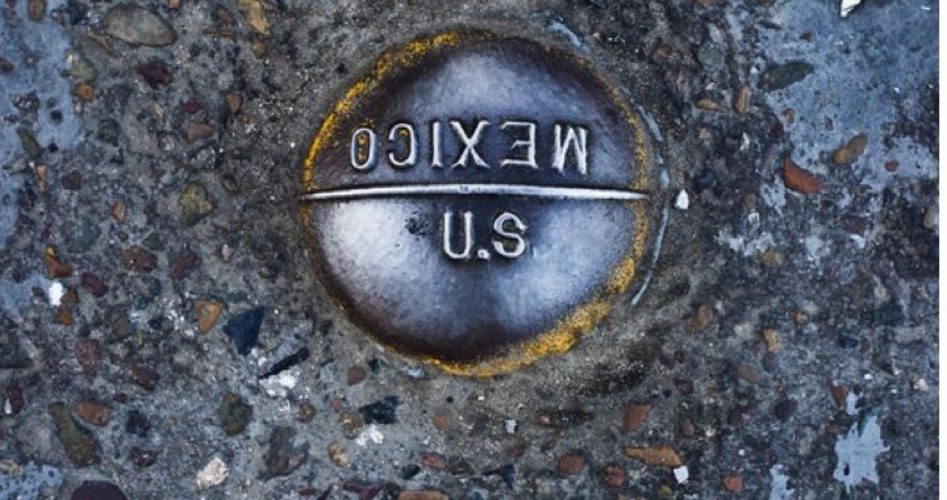
A video obtained by Representative Duncan Hunter (R-Calif.) from U.S. Customs and Border Protection showed large numbers of Haitian migrants gathering outside a Mexican detention facility in Tapachula, Mexico, near the border with Guatemala. The Haitians then take the 2,500-mile journey north to the United States, where they claim asylum.
A report in the Washington Times, which broke this story, said that it is difficult for Haitians to get visas to enter the United States, but much easier for them to get visas to enter Central American nations, such as Guatemala. Once there, they enlist the help of smugglers who bring them through Mexico and to the U.S. border.
“It’s a method for backdoor entry that presents a real exposure, because it’s virtually open to anyone to enter the U.S. without any real scrutiny or undergoing the regular process,” the Times quoted Joe Kasper, chief of staff to Representative Hunter, as saying. He added, “The fact that 300 Haitians show up in Mexico and from that point are virtually guaranteed entry into the U.S. underscores one of many major problems with the president’s immigration policy — and Americans need to recognize it.”
Because of the large number of Haitians crossing the border from Tijuana to San Ysidro, California, Customs and Border Protection (CBP) has placed a cap of 150 Haitian asylum-seekers a day at the Imperial Beach CBP station, which covers that sector of the border.
Homeland Secretary Jeh Johnson announced that his agents would scrutinize Haitian illegal aliens picked up at the border to assess their eligibility for asylum and deport those who do not qualify through a process known as expedited removal.
“Consistent with law, individuals who express a fear of return to Haiti will be screened by a U.S. Citizenship and Immigration Services (USCIS) asylum officer to determine whether they possess a credible fear of persecution or torture. Those determined to have a credible fear will be referred to immigration court for removal proceedings where they may apply for asylum or other forms of relief,” Johnson said in a statement quoted by the Times.
Johnson has a history of advocating amnesty programs for some illegal aliens. He expanded the Deferred Action for Childhood Arrivals’ (DACA) program on November 20, 2014, when he sent an executive action memorandum to the heads of CBP, USCIS, and ICE that removed its age cap and extended work authorization to three years.
The Times cited a statement from Sarah Saldaña, director of Immigration and Customs Enforcement (ICE), who acknowledged that the large number of Haitian aliens coming across our border into San Diego County was presenting a problem. “Those and the other increased numbers of families from Central America are really taxing our resources,” Saldaña said.
The report also quoted Jessica Vaughan, policy studies director at the Center for Immigration Studies, a group that advocates for reduced immigration quotas and greater border enforcement: “[The illegal border crossers] know that if they show up for that [immigration] court date, they might get asylum. [But] if they don’t show up, nothing’s going to happen. It’s been made perfectly clear to everyone that if you’re not a serious criminal, you are not going to face deportation.”
“It’s nuts. It’s a backdoor immigration program,” Vaughan said of the current situation regarding the Haitian aliens coming across our border illegally. “Our government is facilitating the movement of people into the country who are going to end up as illegal aliens.”
Related articles:
Clinton Campaign to Enlist Illegal Immigrant Youth to Get Votes
Kaine: Clinton Will Push “Immigration Reform” During First 100 Days
Surge in Unaccompanied Children from Central America Now Starting
Here Comes the Obama/UN Refugee “Surge” — Rebranded as “Safe Alternative Pathways”
Obama’s Two-front Migration “Surge”
Pakistanis With Terrorrism Ties Caught After Crossing U.S.-Mexican Border


